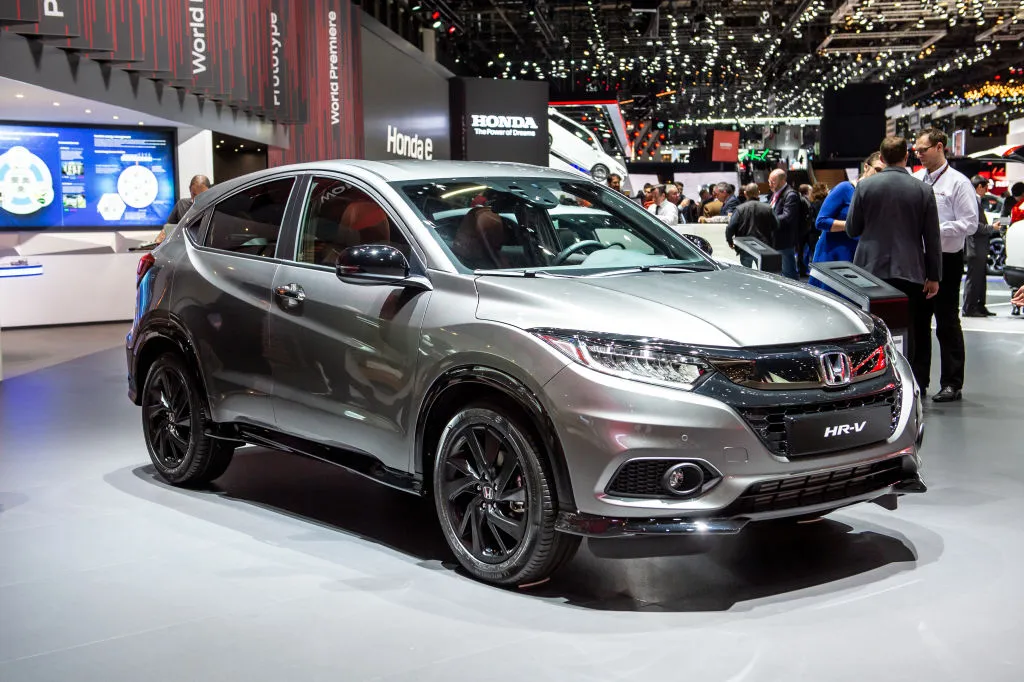A sunroof can dramatically elevate the in-cabin experience of an SUV, bringing in natural light, fresh air, and a greater sense of openness.
But not all sunroofs are created equal. While many modern SUVs offer some form of roof glass, there’s a major distinction between vehicles that come equipped with panoramic roofs versus those that only offer small, traditional sunroofs.
Panoramic roofs stretch across a large portion of the cabin, sometimes spanning both front and rear rows. They enhance the feeling of spaciousness, let passengers enjoy scenic views, and often give the vehicle a premium or futuristic ambiance.
These roofs are especially attractive to families, road-trippers, and drivers who enjoy a more open-air environment without the compromises of a convertible.
On the other hand, some SUVs still stick to compact sunroofs that are more utilitarian than luxurious.
These smaller units offer ventilation and some daylight but don’t dramatically change the cabin’s feel. In some cases, these sunroofs feel like an afterthought, especially when competitors are offering full glass ceilings.
This comparison will explore five SUVs with the best panoramic roofs that excel in size, usability, and design — and five with disappointingly small sunroofs, analyzing the impact on cabin experience and value. Let’s start with the panoramic winners.
Also Read: 5 Cars With Strong Dashboards and 5 That Crack in Sunlight
5 SUVs With Best Panoramic Roofs
Panoramic roofs have evolved from being rare luxury features to popular options — and often standard — in many mid-range and premium SUVs.
Unlike traditional sunroofs that only benefit front-row passengers, panoramic roofs stretch across nearly the entire roofline, flooding the cabin with light and offering breathtaking views to every occupant.
Whether fixed or operable, single-panel or dual-panel, these expansive glass roofs elevate comfort, aesthetics, and perceived luxury in ways that few other features can.
A good panoramic roof isn’t just large; it should be well-integrated, quiet when closed, and capable of shielding occupants from heat and glare when needed.
High-quality panoramic setups often include features like power sunshades, tilt and slide options, UV-filtering glass, and seamless headliner integration.
These roofs provide an open, airy feeling inside the cabin — making them especially appealing for families, long-distance travelers, and anyone who simply enjoys a more connected experience with their surroundings.
We’ve chosen five SUVs that stand out not just for having panoramic roofs, but for offering the best execution of them in terms of size, clarity, reliability, and how they enhance the overall cabin.
These vehicles range from luxury crossovers to mainstream favorites, but they all deliver standout panoramic experiences that truly transform the ride.
This list is intended for buyers who prioritize in-cabin ambiance and design, and who are looking to invest in an SUV where the panoramic roof isn’t just an option — it’s a standout feature that improves day-to-day enjoyment.
1. Mercedes-Benz GLE
When it comes to elegance and engineering, the Mercedes-Benz GLE sets a high bar — and its panoramic sunroof is no exception.
Standard on many trims and available as an option on others, the GLE’s panoramic roof spans nearly the entire roofline, delivering both form and function in a beautifully executed design.
The panoramic glass roof in the GLE is a dual-panel setup, with the front panel fully operable and the rear panel fixed to maximize light and openness.
It features a power sliding front panel that opens wide to let in fresh air, while a one-touch power sunshade made of thick, opaque fabric keeps the cabin cool when needed. The integration is seamless, and wind deflectors help reduce buffeting when the roof is open — even at higher speeds.
What sets the GLE’s roof apart is the attention to acoustic comfort. Even with such a large glass area, Mercedes ensures minimal wind noise and excellent insulation from outside temperatures.
Additionally, UV and infrared coatings on the glass help block unwanted heat, allowing passengers to enjoy the view without discomfort.
In terms of aesthetics, the panoramic roof significantly enhances the GLE’s luxurious feel. Rear passengers — often overlooked in standard sunroof designs — benefit equally from the light and view.
During nighttime drives, the optional ambient lighting further accentuates the expansive glass ceiling, creating a high-end, lounge-like atmosphere.
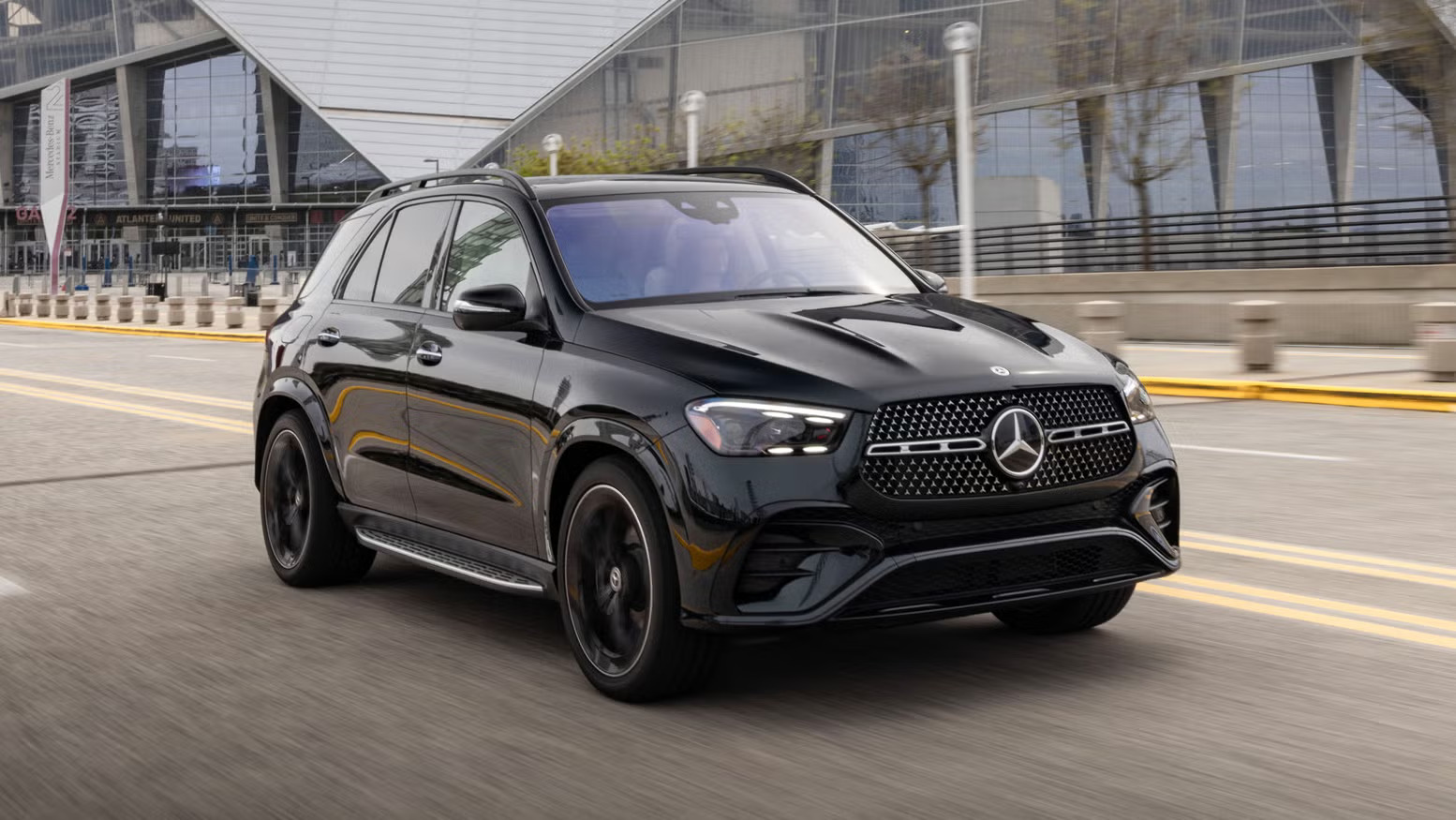
This feature is particularly appealing for families or road-trippers, where passengers in all rows can enjoy the open, airy vibe. It also appeals to luxury buyers looking for a sophisticated interior that complements the GLE’s overall comfort and tech-forward design.
The panoramic roof isn’t just a cosmetic upgrade — it’s an integral part of the GLE’s appeal. For those who value refinement, openness, and cutting-edge comfort, the Mercedes-Benz GLE’s panoramic roof easily ranks among the best in the segment.
2. Hyundai IONIQ 5
The Hyundai IONIQ 5 has redefined what a mainstream electric SUV can offer, especially in terms of interior innovation — and its available Vision Roof, Hyundai’s take on a panoramic sunroof, plays a major role in that transformation.
Designed with a futuristic edge, the IONIQ 5’s panoramic glass roof doesn’t just let in light — it enhances the vehicle’s minimalist, airy cabin in a way that aligns perfectly with the car’s EV identity.
Unlike many panoramic setups that use a two-panel design, the IONIQ 5 offers a full-length single-pane fixed glass roof with no support bar running across the middle. This creates a clean, uninterrupted view of the sky for both front and rear passengers.
The lack of a split beam not only improves visibility but also adds to the futuristic and sleek aesthetics of the vehicle’s already open-concept interior.
Though the glass is fixed and doesn’t open, it’s UV- and heat-rejecting, designed to keep the cabin cool even in direct sunlight. To ensure passenger comfort, a power-retractable sunshade is included, operated with a simple switch.
This lets occupants manage light exposure easily without sacrificing the elegant design of the cabin.
The IONIQ 5’s long wheelbase and flat floor already make the interior feel spacious, and the addition of the panoramic roof amplifies this sense of openness.
It feels almost lounge-like inside — especially in the Limited trim — and the expansive glass ceiling contributes significantly to that ambiance.
Whether you’re in the front or rear seats, the roof creates a sense of connection to the outside world, which is a welcome bonus on road trips or scenic drives.
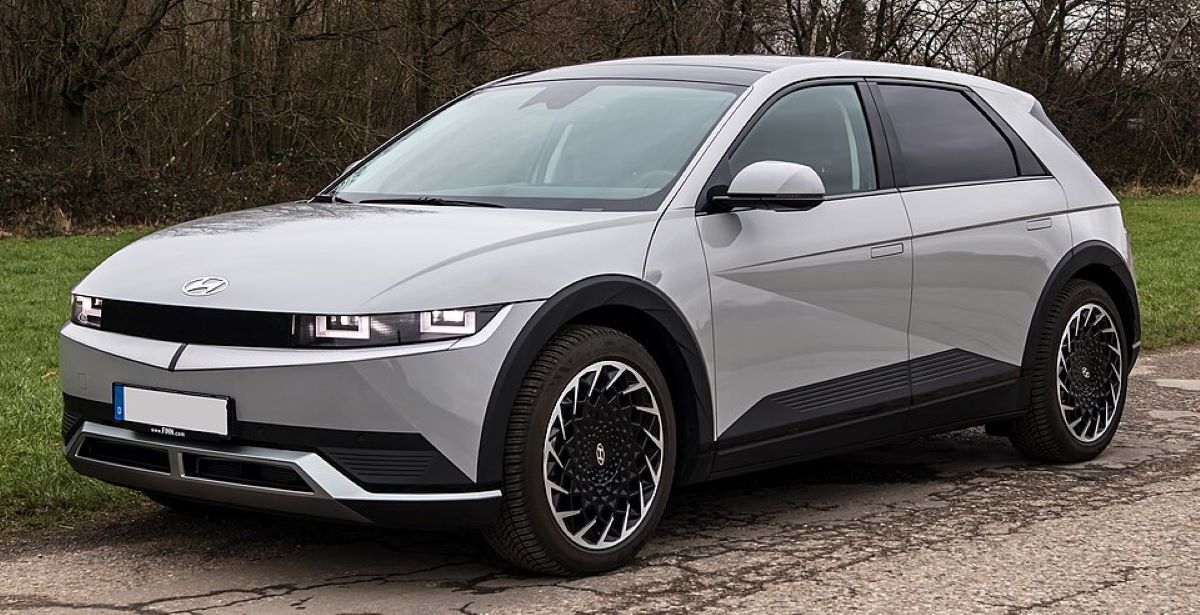
In a segment where functionality often overshadows design, Hyundai has flipped the script. The IONIQ 5’s panoramic roof is more than a light-admitting panel — it’s a statement piece that blends seamlessly with the vehicle’s vision for modern, high-tech mobility.
For buyers interested in EVs who don’t want to compromise on cabin experience or style, the IONIQ 5 delivers one of the most immersive panoramic roof designs available — futuristic, functional, and aesthetically refined.
3. Volvo XC90
The Volvo XC90 has built a reputation as one of the most sophisticated three-row luxury SUVs, blending safety, comfort, and Scandinavian design.
One of its most captivating features — especially for families or those who value cabin ambiance — is its standard panoramic sunroof, which contributes significantly to the XC90’s signature airy, upscale interior.
Unlike some competitors that reserve panoramic roofs for top trims, Volvo includes this feature on all XC90 trims, making it a core part of the SUV’s identity.
The roof consists of two large glass panels: the front one is power-operated with tilt-and-slide functions, while the rear is fixed, maximizing light and visibility for passengers in all three rows.
The panoramic sunroof is equipped with a power-retractable sunshade that provides full coverage when desired, especially important on bright or hot days.
The sunshade is made of high-quality material that effectively blocks heat and UV rays, keeping the cabin cool and protected.
What sets the XC90’s panoramic roof apart is how it integrates into the vehicle’s overall interior feel.
The already minimalist, high-end cabin — with its clean lines, natural wood inlays, and soft ambient lighting — feels even more refined and open thanks to the glass roof. Rear passengers, including those in the third row, benefit from increased light and a sense of space not typically found in larger SUVs.
Additionally, Volvo has engineered the roof for acoustic comfort. The thick laminated glass helps dampen wind and road noise, ensuring that the ride remains serene even when the sunroof is open. The airflow is well-managed, and buffeting is minimal, making it practical to use even at moderate speeds.
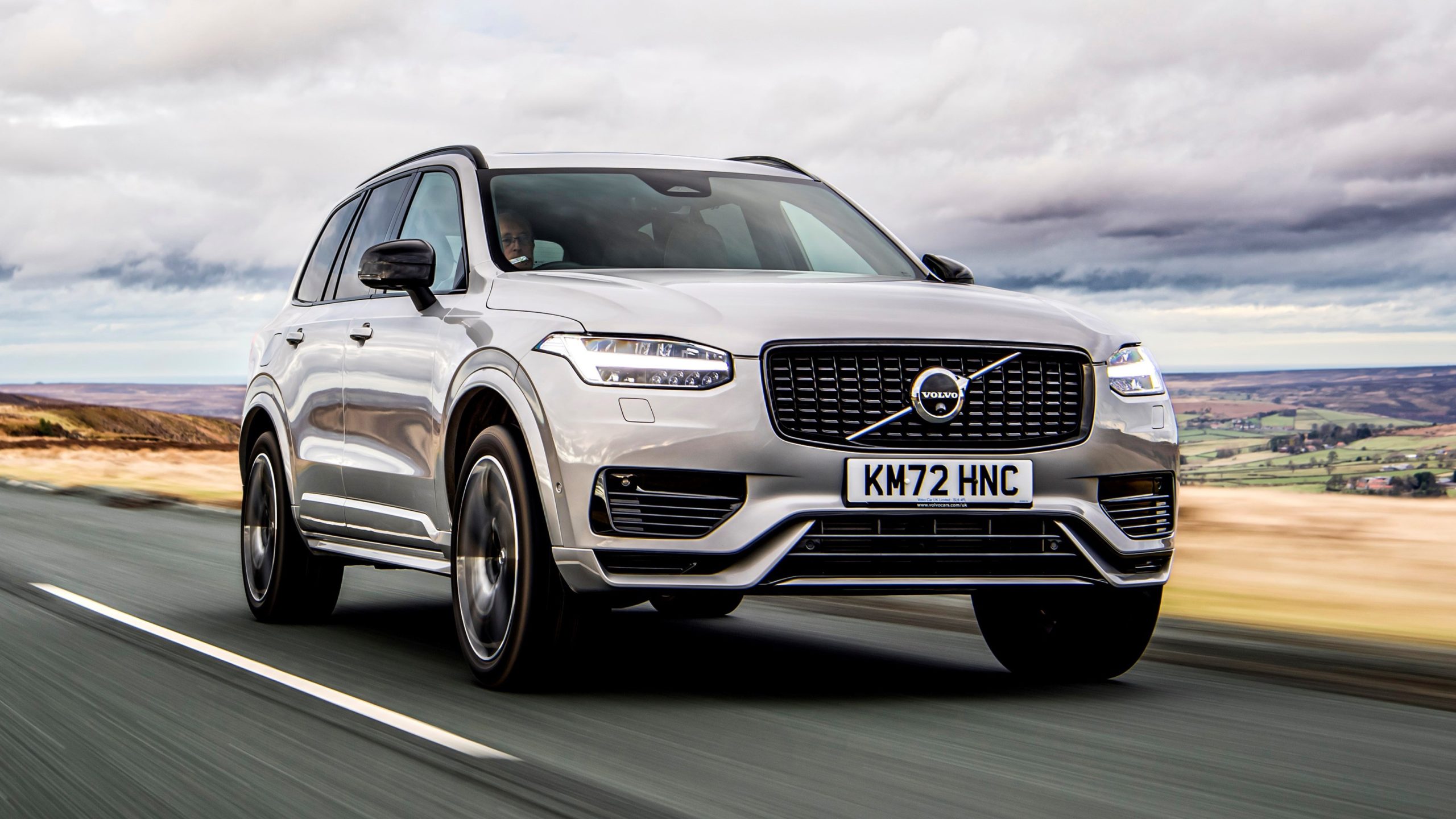
This feature is especially appreciated on scenic drives, where the view above becomes part of the journey. Whether it’s a city skyline, a forest canopy, or a starry night, the XC90’s panoramic roof enhances the visual connection to the outside world.
In essence, the XC90’s panoramic roof isn’t just a design flourish — it’s a well-integrated, everyday luxury. For drivers who prioritize elegance, passenger comfort, and thoughtful design, this SUV delivers one of the most complete panoramic roof experiences in its class.
4. Tesla Model Y
The Tesla Model Y brings electric performance, minimalist design, and high-tech innovation to the SUV market — but one of its most striking physical features is the standard full-length glass roof.
Unlike many panoramic roofs that are split into sections or available only on upper trims, the Model Y’s expansive roof is a single-piece fixed glass panel, covering virtually the entire cabin from front windshield to rear liftgate.
This glass roof is a defining visual and functional element of the Model Y. It creates a dramatic sense of space inside the cabin, making the already roomy interior feel even more open.
For rear-seat passengers especially, the ceiling seems to stretch endlessly, enhancing comfort and reducing any feelings of enclosure that compact crossovers sometimes suffer from.
What makes Tesla’s panoramic roof particularly impressive is its engineering. The glass is tinted and treated with multiple layers to block over 99% of UV and infrared light, preventing heat buildup and protecting occupants from the sun’s rays.
Even in direct sunlight, the interior remains manageable thanks to the advanced thermal protection baked into the glass itself — a critical feature for an EV that’s designed to be efficient in every climate.
There is no power sunshade or retractable cover, which might be a drawback for some. However, Tesla compensates for this by designing the glass to darken subtly as it moves toward the rear, ensuring glare control and privacy without needing physical shade mechanisms.
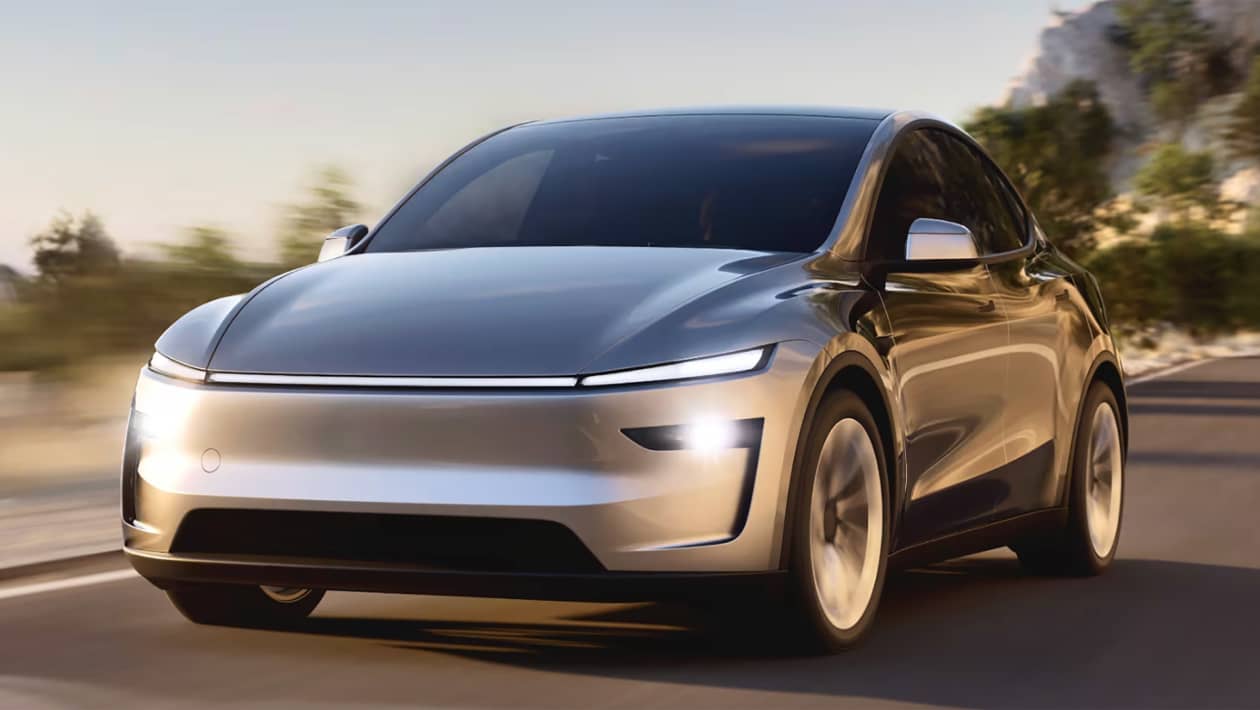
Beyond functionality, the glass roof plays into Tesla’s broader design philosophy of openness and simplicity.
It creates a seamless canopy above passengers that contributes to the futuristic vibe of the cabin — especially when paired with the clean dashboard, large touchscreen, and minimalist materials.
For those who enjoy the visual benefits of a panoramic roof without the mechanical complexity of moving parts, the Model Y offers one of the cleanest implementations in the industry.
It’s perfect for scenic drives, stargazing, or simply bringing more light into your daily commute — all while aligning with the cutting-edge spirit of electric mobility.
5. Kia Sportage
The Kia Sportage has transformed from a basic utility vehicle into one of the most stylish and feature-rich compact SUVs in its class.
Among its many standout features is the available panoramic sunroof, which delivers a premium experience at a mainstream price point — making it one of the best panoramic roof offerings in the non-luxury SUV market.
Offered on EX trims and higher, the Sportage’s panoramic roof features a dual-panel design with a power-operated front section and a fixed rear glass panel. The opening mechanism is smooth and quiet, allowing for fresh air and light to flood the cabin with a single touch.
A power sunshade is included and tucks away seamlessly when the roof is open, providing full coverage when you need shade or cooler temperatures inside.
What makes the Sportage’s panoramic roof exceptional is how it enhances the SUV’s already airy interior. The Sportage boasts a class-leading cabin with generous rear legroom, high-quality finishes, and a high-mounted curved display that adds to the modern vibe.
The roof extends over the rear seats more than many competitors in its segment, ensuring backseat passengers enjoy just as much of the open view as those in the front.
In terms of insulation and comfort, Kia has done an impressive job. The roof glass is UV-protective and heat-resistant, helping to manage cabin temperatures even in bright, hot conditions.
Wind deflectors help minimize noise and turbulence when driving with the roof open, making it practical for real-world use — not just for show.
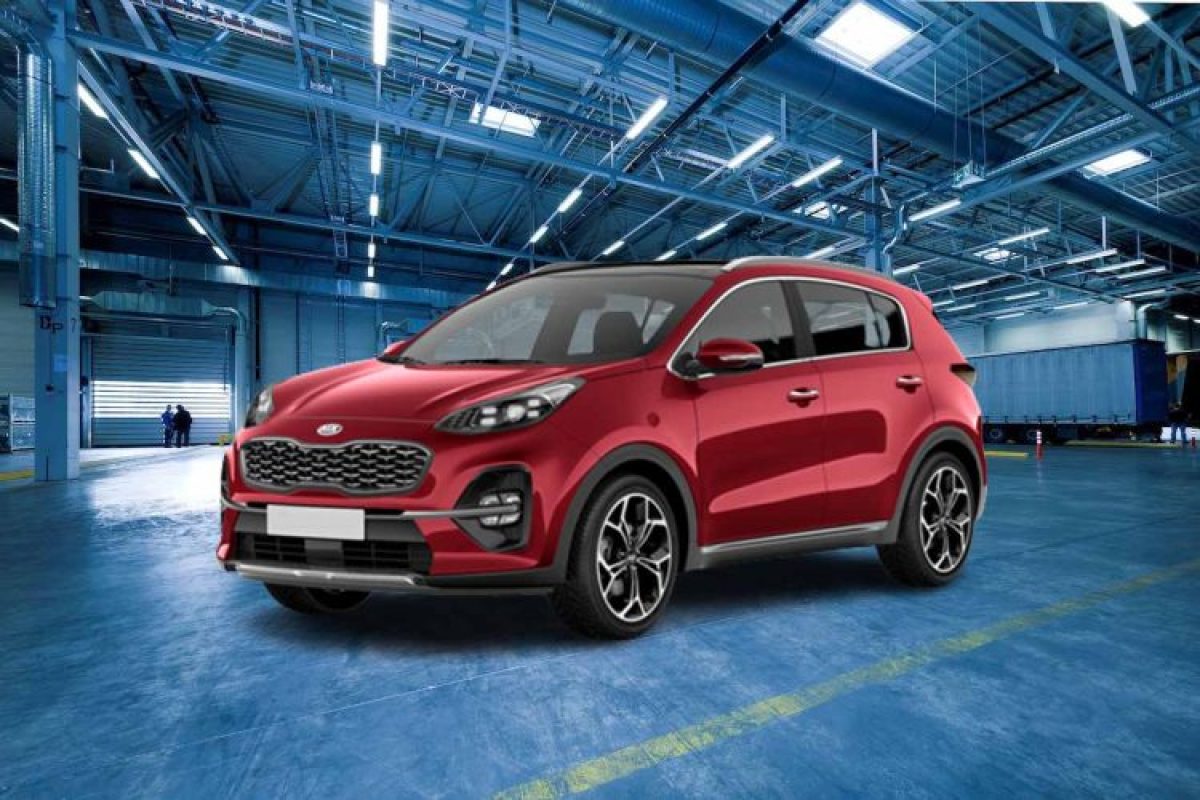
For a compact SUV priced far below luxury rivals, the panoramic roof adds a surprisingly upscale touch. It complements the Sportage’s striking exterior design and well-appointed interior, making it feel like a more expensive vehicle.
Whether you’re commuting in the city or heading out for a weekend escape, the Kia Sportage’s panoramic sunroof elevates the driving experience.
It’s a major value-added feature that reflects Kia’s commitment to bringing premium-level amenities to a wider audience — and it deserves its place among the best panoramic roofs available today.
5 SUVs With Small Sunroofs
While panoramic roofs are gaining popularity for their dramatic flair and cabin-enhancing effect, many SUVs still come equipped with small, traditional sunroofs. These compact glass openings, often positioned over the front seats only, provide limited airflow and minimal visual impact.
In some cases, these small sunroofs feel more like afterthoughts than true design features — especially when competitors are offering expansive glass ceilings that stretch across the cabin.
Small sunroofs generally offer a tilt and slide function, and can provide a welcome breath of fresh air or natural light on a pleasant day.
However, they rarely benefit rear-seat passengers, and they do little to enhance the sense of space in the cabin. In some SUVs, the sunroof is only available as an optional add-on — and when installed, it may even cut into headroom or reduce noise insulation.
The goal of this section is not to criticize all small sunroofs outright — they still have their place, particularly in budget-conscious or compact vehicles where full panoramic systems may not be practical.
However, we’ve selected five SUVs where the small sunroof either feels outdated, underwhelming, or insufficient, especially given the price point or competition.
In an era where consumers expect more immersive in-cabin features, these models show how a minimal sunroof can fall short — particularly for buyers who value open-air ambiance, rear-seat comfort, or luxury-like touches.
Whether due to size, positioning, or lack of integration, these small sunroofs are worth noting for what they don’t bring to the table.
We’ll explore five SUVs that could benefit from better roof design — and help potential buyers understand when a small sunroof might not be worth the added cost. Let’s begin with the first.
1. Toyota RAV4
The Toyota RAV4 is one of the best-selling SUVs in the world, known for its reliability, efficiency, and broad trim lineup.
But despite its many strengths, one area where the RAV4 underdelivers — especially in a market where cabin ambiance matters more than ever — is its underwhelming sunroof design.
Most RAV4 trims (such as the XLE and XSE) come with a small, conventional sunroof. This is a basic single-panel unit positioned over the front seats only, offering tilt and slide functionality.
While it provides a small amount of natural light and ventilation, it fails to significantly transform the interior space — especially when compared to the panoramic roof options found on rivals like the Hyundai Tucson or Kia Sportage.
Rear passengers are left out entirely. The sunroof does not extend beyond the front row, and from the back seats, it’s as if no sunroof exists at all.
This can make the cabin feel darker and more closed-in than it should, particularly in the rear of the vehicle. It’s a missed opportunity for Toyota, especially given the RAV4’s focus on practicality and family use.
To make matters more disappointing, Toyota only offers a panoramic glass roof on the top-tier Limited trim (and select hybrid variants), meaning buyers must spend significantly more just to access a roof that spans both seating rows.
Even then, the panoramic roof isn’t as large or impressive as what some competitors offer as standard or mid-tier options.
In a segment where even budget-friendly models are offering full-length glass panels, Toyota’s decision to limit the panoramic option — and rely mostly on a small sunroof — feels dated. It’s functional, yes, but it doesn’t elevate the RAV4’s interior experience in a meaningful way.
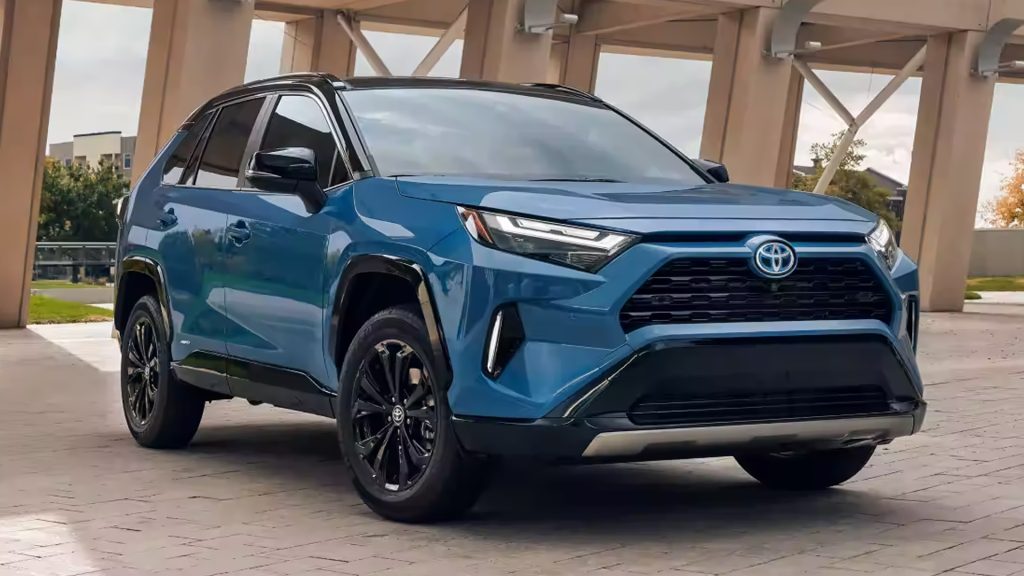
For buyers who care about in-cabin light, a sense of openness, or rear passenger enjoyment, the RAV4’s basic sunroof can be a letdown.
While the SUV excels in performance, dependability, and resale value, its sunroof offering reminds us that not all features keep pace with a vehicle’s overall popularity. In this case, the small sunroof feels more like a box checked than a feature truly designed to impress.
2. Mazda CX-5
The Mazda CX-5 has long been praised for its premium design, sharp driving dynamics, and upscale interior finishes — all offered at a competitive price. However, when it comes to its sunroof, the CX-5 lags behind the competition.
Even as the rest of the vehicle feels refined and near-luxury, its small, standard sunroof feels out of place in an otherwise well-crafted package.
Most CX-5 trims that offer a sunroof — including popular options like the Touring and Grand Touring — include a standard-size power moonroof that tilts and slides open.
This glass panel is modestly sized and positioned over the front seats only, offering little benefit to rear passengers. It lets in a bit of natural light and provides ventilation, but it fails to contribute to the cabin’s upscale ambiance in the way a panoramic glass roof might.
This is particularly noticeable given Mazda’s emphasis on delivering a “premium experience.” The materials, textures, and quiet cabin all suggest a higher tier, yet the small sunroof feels like a feature carried over from an older generation. It simply doesn’t match the luxurious feel of the rest of the interior — and that disconnect is hard to ignore.
Unlike competitors such as the Hyundai Tucson, Volkswagen Tiguan, or even Kia Sportage, Mazda does not offer a panoramic roof at all on the CX-5, not even on its Signature or Turbo trims.
That means buyers looking for a more expansive or light-filled cabin have no factory option — which could be a deciding factor for those prioritizing an airy interior or rear-seat comfort.
From a functional perspective, the sunroof works as expected. It’s quiet, doesn’t leak, and offers quick operation.
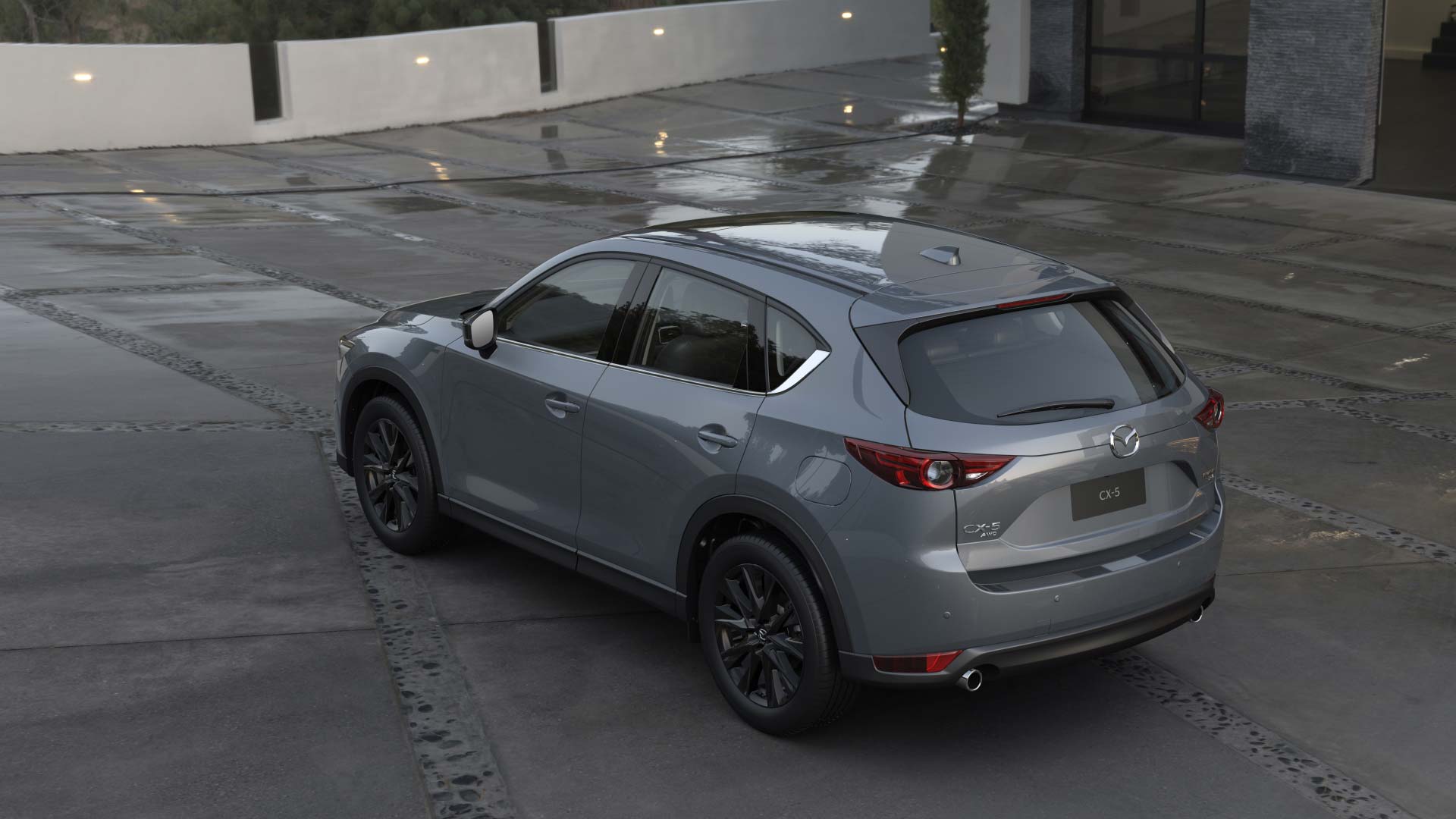
But that’s where the praise ends. In a crowded compact SUV segment where standout features matter more than ever, the CX-5’s sunroof does little to help the vehicle stand out.
In conclusion, while the Mazda CX-5 remains an excellent SUV in many respects, its lack of a panoramic roof — and reliance on a small, basic sunroof — leaves a noticeable gap in its otherwise upscale offering. It’s a feature that simply doesn’t live up to the rest of the SUV’s premium promise.
3. Subaru Forester
The Subaru Forester has a reputation for rugged practicality, standard all-wheel drive, and excellent visibility — making it a favorite among outdoor enthusiasts and safety-conscious families.
However, when it comes to its sunroof offering, the Forester falls short of expectations, especially considering its emphasis on comfort and all-weather adventure.
Despite being marketed as an SUV for exploration, it comes with a small, front-row-only sunroof that feels more functional than inspiring.
Available on mid and upper trims like the Premium, Sport, Limited, and Touring, the sunroof in the Forester is a power tilt-and-slide moonroof.
While it allows a bit of fresh air and natural light into the cabin, its limited size and placement mean that rear passengers get little to no benefit.
The glass panel is smaller than what’s found on many competitors and does not qualify as panoramic — even on the top trims.
This is surprising given Subaru’s otherwise thoughtful approach to cabin features. With large windows and a tall roofline, the Forester already has a bright and airy feel.
A properly sized panoramic roof could have elevated this experience, offering passengers a closer connection to the outdoors — especially fitting for an SUV often used for camping, hiking, and road-tripping.
Additionally, the small sunroof is unlikely to impress those who’ve seen or experienced the panoramic roofs found in similarly priced rivals like the Hyundai Tucson or Ford Escape.
And unlike some competitors that offer optional upgrades or panoramic variants in higher trims, Subaru offers no such choice. What you see is what you get — a small, dated-looking moonroof.
It’s worth noting that the Forester Wilderness model — a trim specifically marketed for outdoor enthusiasts — omits the sunroof altogether to prioritize structural integrity and roof rack strength.
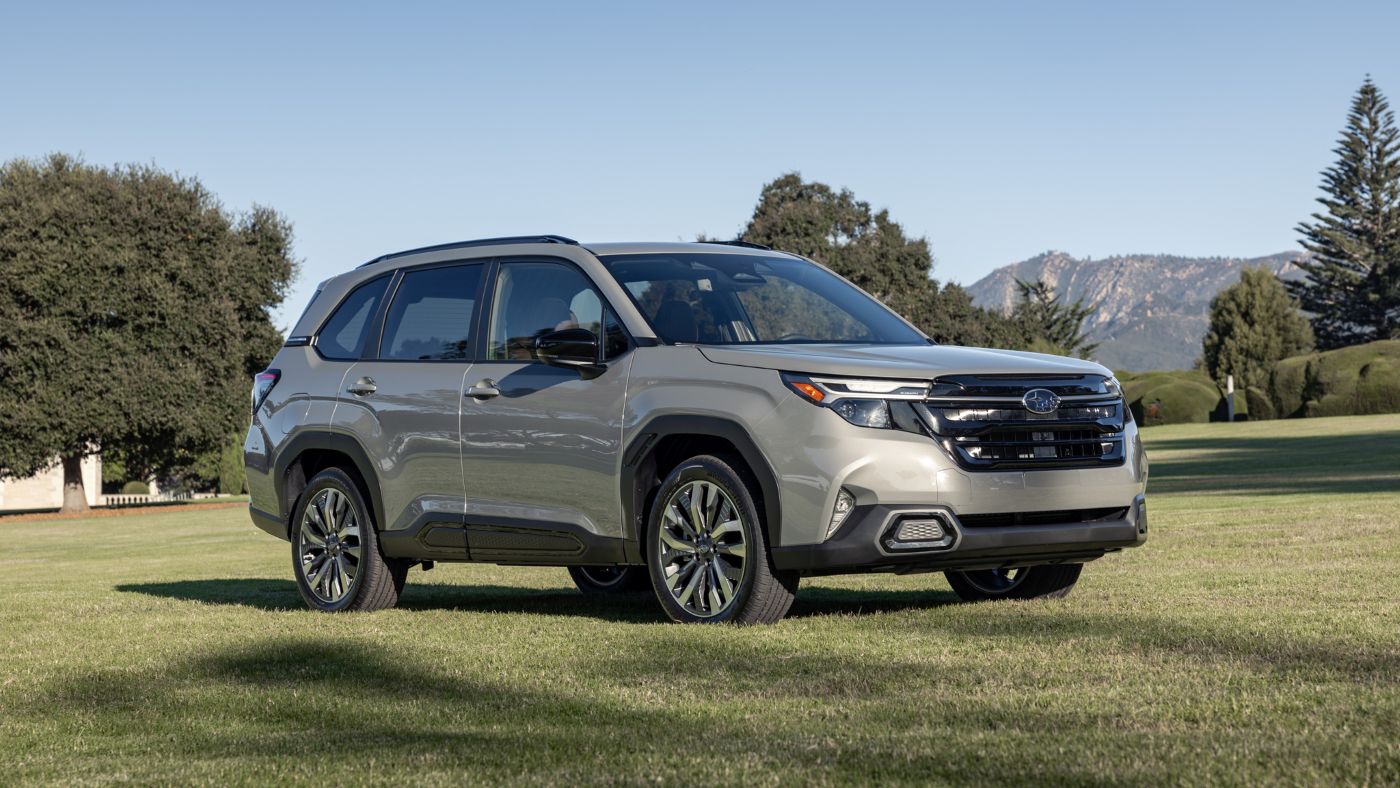
While this makes sense from a utility perspective, it also underscores how Subaru views the sunroof as an accessory, not a centerpiece.
Ultimately, while the Forester excels in utility, cargo space, and safety, its sunroof feels like a missed opportunity. It offers basic ventilation, but not the immersive cabin experience that more modern panoramic roofs deliver — leaving comfort-seeking buyers wanting more.
4. Jeep Compass
The Jeep Compass sits in the compact SUV space as a rugged, off-road-capable option that borrows design cues from its larger siblings.
While it has improved in recent years with better tech and interior materials, the Compass’s small sunroof — standard on higher trims and optional on mid-level ones — feels like a half-step in a market increasingly embracing panoramic roofs.
Most Compass trims, such as Latitude Lux and Limited, offer a conventional-sized dual-pane sunroof referred to as the “Dual-Pane Sunroof” in Jeep’s terminology. However, this naming is somewhat misleading.
While the front panel is power-operated and can tilt or slide open, the rear panel is fixed and small, doing little to extend the experience beyond the front seats. The overall effect is less of a panoramic roof and more of an elongated standard sunroof.
Compared to true panoramic setups in similarly priced rivals like the Kia Sportage, Mazda CX-50, or Ford Escape, the Compass’s roof feels cramped and outdated.
Rear passengers get only a sliver of overhead glass, and the cabin doesn’t benefit from the full-length openness that a properly designed panoramic roof can offer.
The sunroof does function well, with one-touch open/close controls and an integrated sunshade that blocks out light when needed. But in terms of value and visual impact, it leaves something to be desired.
The Compass has a rugged persona, especially in Trailhawk form, but for buyers seeking a refined and airy cabin to go along with the off-road capability, this sunroof misses the mark.
Another consideration is cost: the sunroof is only standard on high-end trims and comes as part of expensive option packages on others. That means buyers must spend significantly more for a feature that doesn’t deliver a truly premium or panoramic experience.
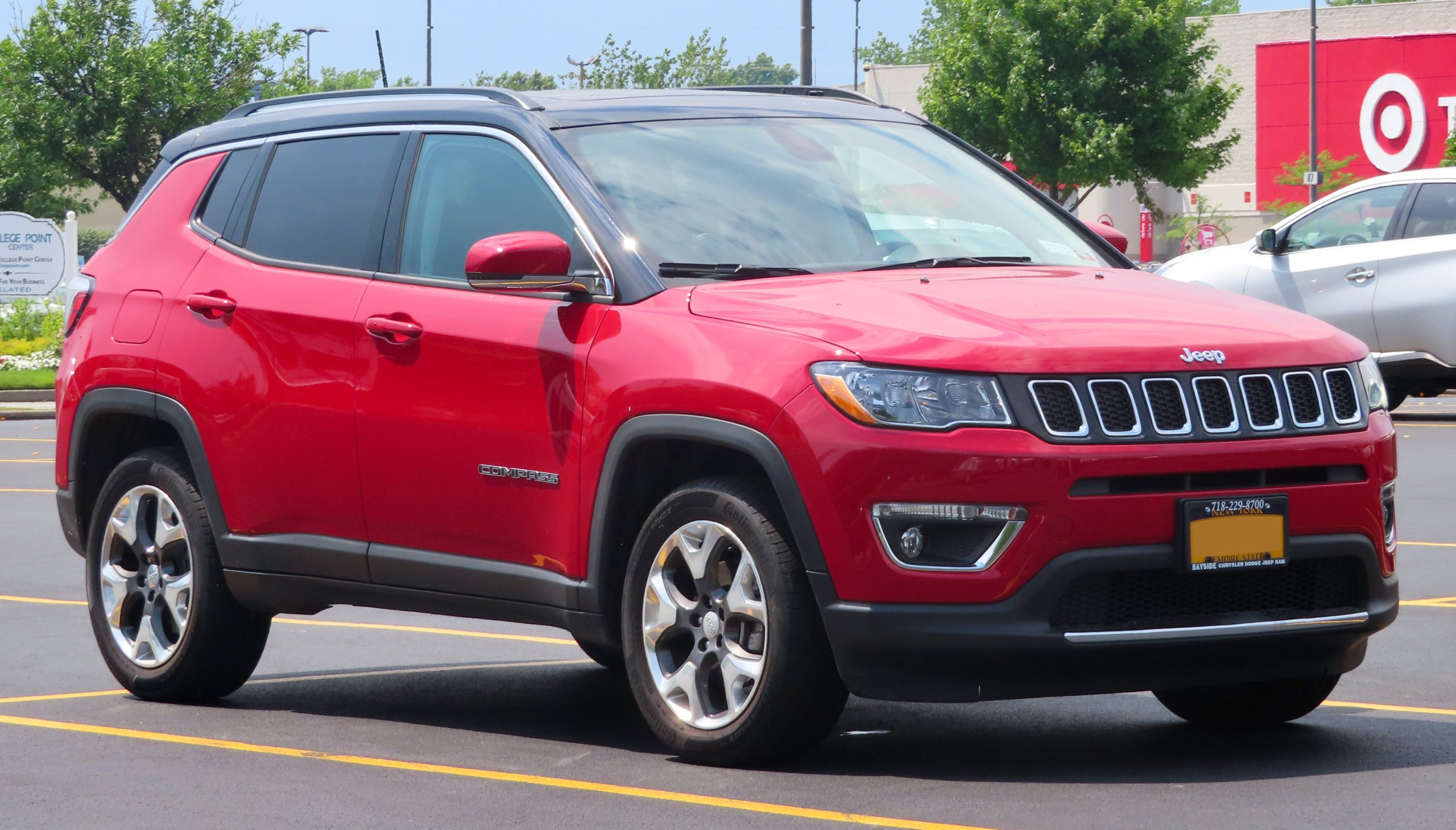
Given Jeep’s focus on adventure and nature, one might expect a more immersive view of the sky above. But instead, the Compass delivers a modest sunroof that serves basic purposes without enhancing cabin ambiance in any memorable way.
In short, the Jeep Compass’s sunroof doesn’t live up to its name or its competition. It functions adequately — but fails to elevate the driving experience, especially in a segment now defined by bold design and feature-rich cabins.
5. Honda HR-V
The Honda HR-V, especially in its latest generation, offers a more mature design, improved cabin space, and upgraded technology — all traits that have helped it grow into a strong contender in the subcompact SUV segment.
However, one area where it clearly lags behind its modern rivals is in its sunroof offering, which remains modest, outdated, and restricted in functionality.
Available only on the mid-tier EX-L trim, the HR-V features a small, single-panel power moonroof situated above the front row. It tilts and slides open and is paired with a manually operated sunshade.
While functional for basic ventilation and limited sunlight, this sunroof does little to enhance the spaciousness or aesthetics of the cabin — particularly in the rear, which remains entirely untouched by this minimal glass opening.
This setup feels even more underwhelming when you consider that many competitors in the HR-V’s price range — such as the Hyundai Kona, Kia Seltos, and even the Chevrolet Trailblazer — now offer panoramic or at least extended sunroof options.
These alternatives provide a more immersive, enjoyable cabin experience, especially for passengers sitting in the second row.
The HR-V’s sunroof feels like a feature Honda included out of necessity rather than as a thoughtfully integrated element of cabin design.
There’s no panoramic roof option across any trim, and considering the vehicle’s clean, upgraded interior layout, the small sunroof seems like a mismatch. It provides little visual impact, minimal added light, and essentially no benefit for rear-seat occupants.
It’s also worth mentioning that the HR-V’s cabin already leans toward conservative in its design language.
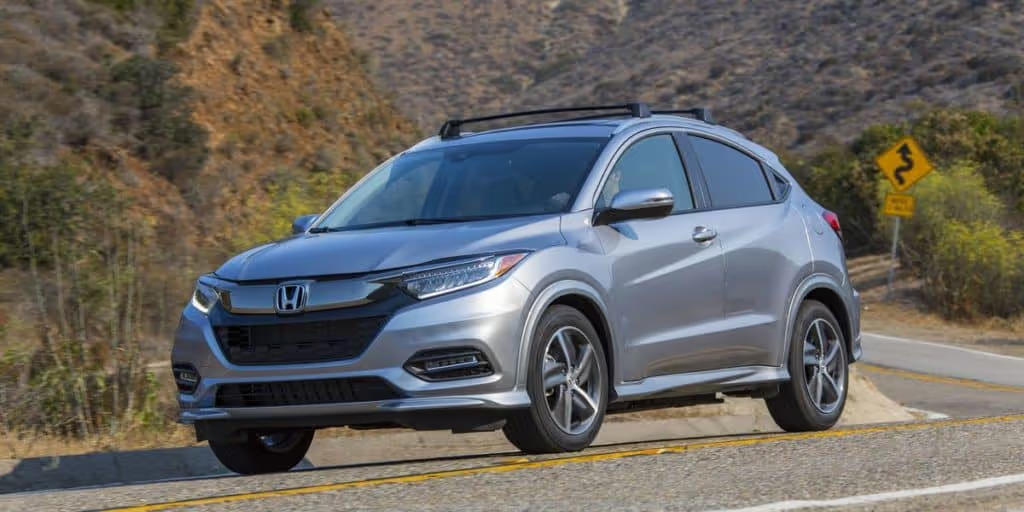
A panoramic or even dual-panel roof could have dramatically improved the sense of openness, added more visual appeal, and contributed to a more contemporary, upscale feel — especially in a vehicle trying to compete in a fast-evolving segment.
Overall, while the HR-V is practical, efficient, and pleasant to drive, its small sunroof is one of the few areas where the model feels stuck in the past.
For buyers looking for a compact SUV with a modern, light-filled interior, this may be a letdown — and a reason to consider better-equipped rivals.
As SUVs continue to evolve beyond pure utility vehicles into lifestyle-focused machines, features like panoramic sunroofs have become more than just luxuries — they’re part of the driving experience.
A well-designed panoramic roof can open up the cabin, connect passengers with their surroundings, and transform an otherwise ordinary interior into something truly inviting.
The vehicles we explored — like the Mercedes-Benz GLE, Hyundai IONIQ 5, Volvo XC90, Tesla Model Y, and Kia Sportage — all demonstrate how thoughtfully executed glass roofs can add both functionality and visual drama, often enhancing resale value and passenger satisfaction in the process.
Each of these top picks succeeds because the panoramic roof is well-integrated, widely functional, and designed with all passengers in mind, not just the driver or front seat occupant. Whether fixed or operable, these roofs give every row access to sunlight, sky views, and a more premium-feeling environment.
On the other hand, SUVs that continue to use small, conventional sunroofs — like the Toyota RAV4, Mazda CX-5, Subaru Forester, Jeep Compass, and Honda HR-V — feel somewhat behind the curve.
These basic roof openings serve limited purpose beyond front-seat airflow and bring little benefit to rear passengers. In some models, they feel more like obligatory add-ons than features that truly enhance the experience.
That’s not to say small sunroofs are inherently bad — they’re often sufficient for buyers with modest expectations or tight budgets.
However, when these sunroofs are paired with otherwise modern and upscale interiors, their limitations become glaring. With many competitors now offering large glass roofs even in affordable trims, expectations have shifted.
Ultimately, your choice comes down to what kind of in-cabin experience you want. If you value openness, shared comfort across all rows, and a bit of “wow” factor on road trips or scenic drives, investing in a panoramic roof is worth considering. If you’re more focused on price, durability, or simplicity, a small sunroof may be enough.
But one thing is clear: in today’s SUV market, the roof above your head says as much about a vehicle’s design priorities as what’s under the hood.
Also Read: 5 Hybrids With Lowest Cold-start Fuel Use And 5 Guzzlers To Avoid

